detail profile leopold stokowski
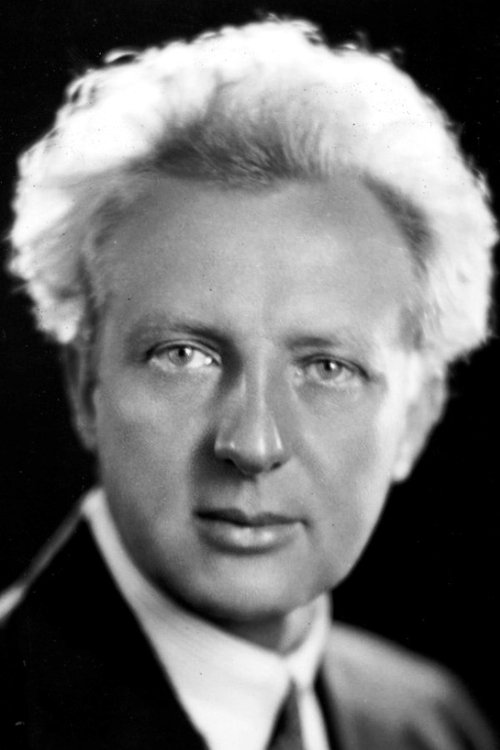
Riwayat Hidup
Leopold Anthony Stokowski (18 April 1882 – 13 September 1977) was an English conductor of Jewish-Polish and Irish descent.
One of the leading and influential conductors of the early and mid-20th Century, he is best known for his long association with the Philadelphia Orchestra and for appearing in the film Fantasia.
He was especially noted for his free-hand conducting style that spurned the traditional baton and for obtaining a characteristically sumptuous sound from the orchestras he directed.
Info Pribadi
Peran Yang Di Mainkan Leopold Stokowski
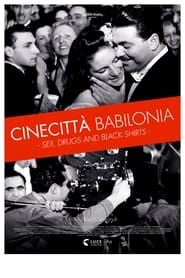 The story of Italian cinema under...
The story of Italian cinema under...Cinecittà Babilonia: Sex, Drugs and Black Shirts 2017
The story of Italian cinema under Fascism, a sophisticated film industry built around the founding of the Cinecittà studios and the successful birth of a domestic star system, populated by very peculiar artists among whom stood out several beautiful, magnetic, special actresses; a dark story of war, drugs, sex, censorship and tragedy.
 Documentary about sixteen great conductors of...
Documentary about sixteen great conductors of...The Art of Conducting: Great Conductors of the Past 1993
Documentary about sixteen great conductors of the 20th century.
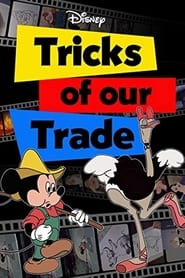 With examples from Disney featurelength films...
With examples from Disney featurelength films...Tricks of Our Trade 1957
With examples from Disney feature-length films, Walt Disney gives a behind-the-scenes look at the improvements in animation made by his studio's in-house training and research that studied real-life motion and made technical innovations.
 Walt Disney discusses the history of...
Walt Disney discusses the history of...The Story of the Animated Drawing 1955
Walt Disney discusses the history of animation, beginning with J. Stuart Blackton and his Humorous Phases of Funny Faces in 1906, and including Gertie the Dinosaur.
 A young Irishwoman comes to the...
A young Irishwoman comes to the...Carnegie Hall 1947
A young Irishwoman comes to the United States to live and work with her mother as a cleaning lady at Carnegie Hall. She becomes attached to the place as the people she meets there gradually shape her life. The film also includes a variety of performances from some of the foremost musical artists of the times: conductors Bruno Walter & Leopold Stokowski, solists Arthur Rubinstein & Jascha Haifetz, singers Lily Pons & Jan Peerce and bandleader Vaughn Monroe among many others.
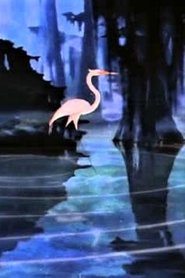 Clair de Lune was fully animated...
Clair de Lune was fully animated...Clair de Lune 1942
"Clair de Lune" was fully animated and scored when it was deleted from Fantasia in early 1940, a casualty of Fantasia's excessive length. In February 1942, inking, painting and technicolor photography were completed for "Clair de Lune" as a short subject, but it was not released. In 1946 it was edited , reshaped and re-scored as the popular music sequence "Blue Bayou" in "Make Mine Music". Previous attempts to recreate "Clair de Lune" were frustrated by missing animation and Stokowski footage. A nitrate workprint of the original version located in 1992 has allowed "Clair de Lune" to be completely reconstructed as Walt Disney intended it to be seen.
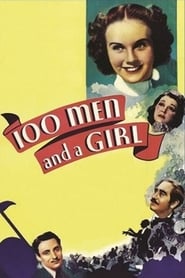 The daughter of a struggling musician...
The daughter of a struggling musician...One Hundred Men and a Girl 1937
The daughter of a struggling musician forms a symphony orchestra made up of his unemployed friends and through persistence, charm and a few misunderstandings, is able to get Leopold Stokowski to lead them in a concert that leads to a radio contract.
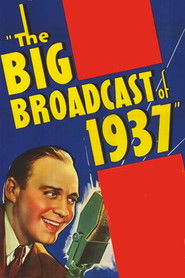 The employees of a failing radio...
The employees of a failing radio...The Big Broadcast of 1937 1936
The employees of a failing radio station must put on a huge ratings winner to have any chance of continued operation.
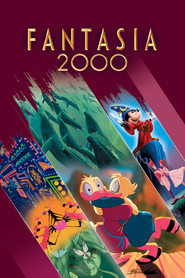 Blending lively music and brilliant animation...
Blending lively music and brilliant animation...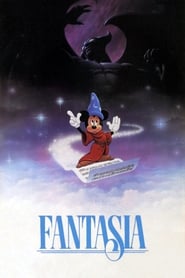 Walt Disneys timeless masterpiece is an...
Walt Disneys timeless masterpiece is an...